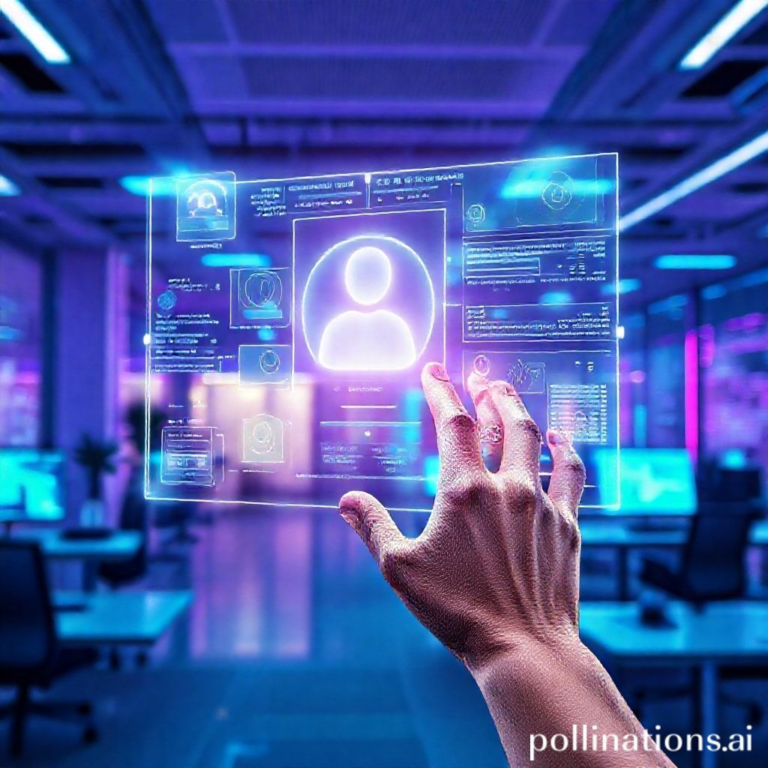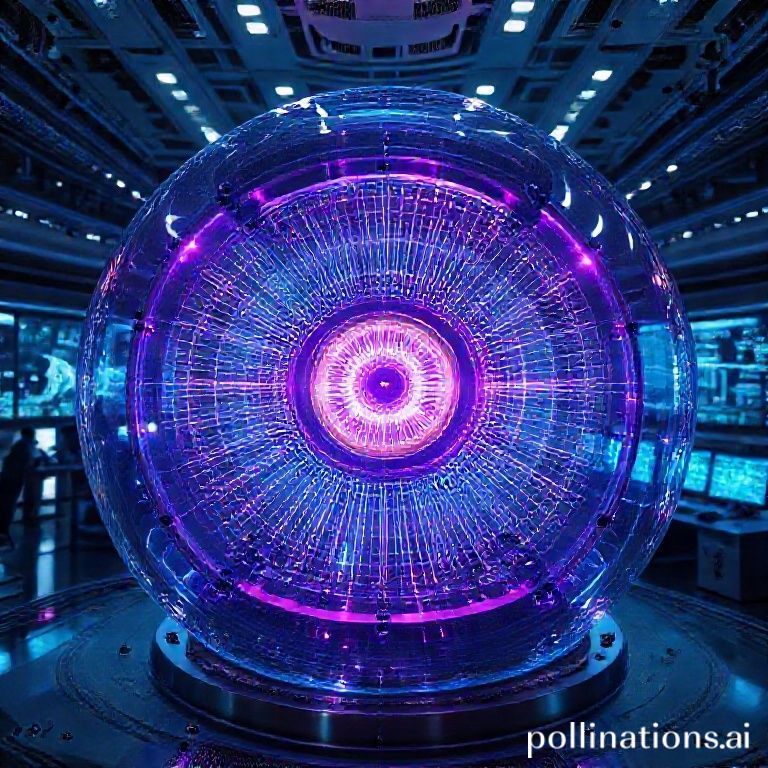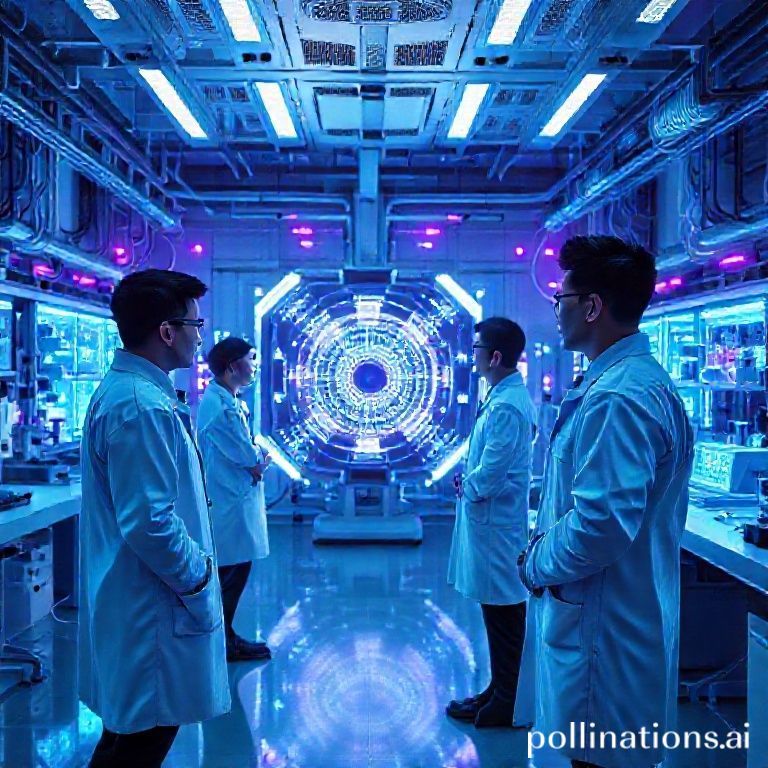
AI Trends & Tools: What’s Hot Now?
Artificial intelligence (AI) is no longer a futuristic fantasy; it’s woven into the fabric of our daily lives. From suggesting what to watch next on your favorite streaming service to powering complex algorithms that drive business decisions, AI’s influence is undeniable. But the field is evolving at lightning speed. Staying ahead of the curve requires constant learning and adaptation. So, what’s hot in the world of AI right now? Let’s dive into the latest trends and tools that are shaping the future.
The Rise of Generative AI
Perhaps the most talked-about trend is the explosion of generative AI. These models can create new content – text, images, audio, and even video – based on the data they’ve been trained on. Think of tools like ChatGPT, DALL-E 2, and Stable Diffusion. They’re not just regurgitating existing information; they’re synthesizing it to produce original outputs.
ChatGPT, for example, can draft emails, write code, answer complex questions, and even engage in creative writing. DALL-E 2 and Stable Diffusion can generate stunning, photorealistic images from simple text prompts. The implications are vast, ranging from content creation and marketing to design and scientific research.
However, generative AI also presents challenges. Concerns about copyright infringement, misinformation, and the potential displacement of human workers are very real and need careful consideration. Ethical guidelines and responsible development practices are crucial for navigating this powerful technology.
AI-Powered Automation: Beyond the Basics
Automation, driven by AI, is moving beyond repetitive tasks. We’re seeing more sophisticated applications that can handle complex processes and make intelligent decisions. Robotic Process Automation (RPA) is evolving into Intelligent Automation (IA), incorporating AI technologies like machine learning and natural language processing to automate more complex workflows.
For example, in customer service, AI-powered chatbots are becoming increasingly sophisticated, capable of understanding nuanced requests and providing personalized solutions. In manufacturing, AI is used to optimize production processes, predict equipment failures, and improve quality control. In finance, AI algorithms are used for fraud detection, risk assessment, and algorithmic trading.
The key difference is that these AI-powered systems are not just following pre-programmed rules; they’re learning from data and adapting to changing circumstances. This allows for greater efficiency, accuracy, and responsiveness.
Edge AI: Processing Power at the Source
Edge AI involves processing AI algorithms on local devices rather than relying on cloud-based servers. This offers several advantages, including reduced latency, improved privacy, and increased reliability, especially in areas with limited internet connectivity.
Think of self-driving cars. They need to process sensor data in real-time to make critical decisions. Sending that data to the cloud for processing would introduce unacceptable delays. Edge AI allows the car to analyze the data locally and react instantly.
Other applications of Edge AI include smart cameras for security surveillance, industrial sensors for predictive maintenance, and wearable devices for health monitoring. As the cost of computing power continues to decrease, we can expect to see even more devices incorporating Edge AI capabilities.
The Democratization of AI: Tools for Everyone
AI is becoming more accessible to individuals and businesses of all sizes. Cloud platforms like Google Cloud AI Platform, Amazon SageMaker, and Microsoft Azure AI offer a wide range of pre-trained models, development tools, and infrastructure that make it easier to build and deploy AI applications without requiring extensive expertise.
No-code and low-code AI platforms are also gaining popularity. These platforms provide visual interfaces and drag-and-drop functionality that allow users to create AI-powered applications without writing any code. This opens up AI development to a wider audience, including business analysts, marketers, and domain experts who may not have a technical background.
This democratization of AI is empowering businesses to innovate faster, improve efficiency, and gain a competitive edge. It’s also fostering a more diverse and inclusive AI ecosystem.
AI and Cybersecurity: A Constant Arms Race
As AI becomes more prevalent, it’s also being used in cybersecurity to both defend against and launch attacks. AI-powered security systems can analyze vast amounts of data to detect anomalies, identify threats, and automate incident response.
For example, AI can be used to detect phishing emails, identify malware, and prevent denial-of-service attacks. It can also be used to automate vulnerability scanning and penetration testing.
However, AI can also be used by attackers to create more sophisticated and targeted attacks. For example, AI can be used to generate realistic deepfakes for social engineering attacks, or to automate the discovery and exploitation of vulnerabilities.
The race between AI-powered security systems and AI-powered attacks is likely to continue for the foreseeable future. Staying ahead requires constant innovation and adaptation.
Responsible AI: Ethics and Governance
As AI’s influence grows, so does the need for responsible AI practices. This includes addressing issues such as bias, fairness, transparency, and accountability. AI systems can perpetuate and even amplify existing biases in the data they’re trained on, leading to discriminatory outcomes.
For example, facial recognition systems have been shown to be less accurate for people of color, and AI-powered hiring tools can discriminate against certain groups of applicants. Ensuring fairness requires careful attention to data quality, model design, and evaluation metrics.
Transparency is also crucial. Users need to understand how AI systems are making decisions and have the ability to challenge those decisions. Accountability means that there should be clear lines of responsibility for the development and deployment of AI systems.
Many organizations are developing ethical guidelines and governance frameworks to promote responsible AI practices. Governments are also starting to introduce regulations to address the ethical and societal implications of AI.
Tools to Watch
Here are a few tools that are making waves in the AI landscape:
- TensorFlow & PyTorch: Powerful open-source machine learning frameworks.
- Hugging Face Transformers: A library for working with pre-trained transformer models.
- LangChain: A framework for building applications powered by language models.
- AutoML tools (e.g., Google Cloud AutoML, DataRobot): Platforms that automate the machine learning process.
- AI-powered data analytics tools (e.g., Tableau CRM, Power BI): Tools that help businesses gain insights from their data.
Conclusion
The world of AI is dynamic and ever-changing. From generative AI and AI-powered automation to Edge AI and responsible AI practices, the trends and tools discussed here are shaping the future of technology and society. By staying informed and embracing these advancements, we can unlock the full potential of AI and create a more innovative, efficient, and equitable world. Keep learning, keep experimenting, and keep exploring the exciting possibilities that AI offers!






